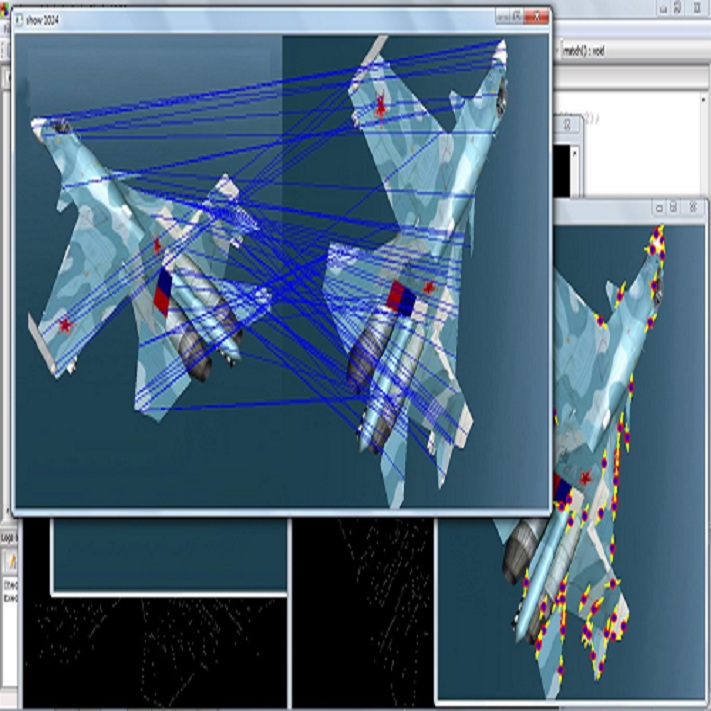Image guidance in minimally invasive interventions is usually provided using live 2D X-ray imaging. To enhance the information available during the intervention, the preoperative volume can be overlaid over the 2D images using 2D/3D image registration. Recently, deep learning-based 2D/3D registration methods have shown promising results by improving computational efficiency and robustness. However, there is still a gap in terms of registration accuracy compared to traditional optimization-based methods. We aim to address this gap by incorporating traditional methods in deep neural networks using known operator learning. As an initial step in this direction, we propose to learn the update step of an iterative 2D/3D registration framework based on the Point-to-Plane Correspondence model. We embed the Point-to-Plane Correspondence model as a known operator in our deep neural network and learn the update step for the iterative registration. We show an improvement of 1.8 times in terms of registration accuracy for the update step prediction compared to learning without the known operator.
翻译:在最小侵入性干预中,通常使用现场 2D X射线成像来提供图像指导。为了在干预期间加强现有信息,使用 2D/3D 图像登记,可以在2D/3D 图像登记中覆盖2D图像。最近,基于深层次学习的 2D/3D 登记方法通过提高计算效率和稳健性,显示出了可喜的成果。然而,与传统的优化方法相比,在登记准确性方面仍然存在差距。我们的目标是通过使用已知的操作者学习将传统方法纳入深层神经网络来弥补这一差距。作为朝这个方向迈出的第一步,我们提议学习基于点对点对点通信模型的迭代 2D/3D 登记框架的更新步骤。我们把点对点对点通信模型作为已知的操作者嵌入我们的深层神经网络,并学习迭接式登记的最新步骤。我们显示,在更新步骤预测的登记准确性方面比没有已知操作者学习的情况改进了1.8倍。





